Table of Contents
JB Weld is a really strong glue that’s tough to remove. Sometimes, you spill it or need to fix something, and getting rid of this glue properly is super important. In this article, find the exact ways and safety tips to remove JB Weld without messing up the surfaces. Learn the proper steps and precautions for an easy removal process.
1. Understanding JB Weld’s Bonding
The Composition of JB Weld
JB Weld stands as an epoxy-based adhesive, combining resin and hardener components. This unique blend forms an exceptionally robust bond, exhibiting resilience against extreme temperatures and challenging environmental conditions. The meticulous amalgamation of epoxy resins and hardening agents results in a potent adhesive renowned for its strength and durability.
Types of Surfaces it Bonds
JB Weld’s versatility extends across a spectrum of materials, showcasing its remarkable adhesion capabilities. This adhesive adheres firmly to diverse surfaces, from metals like steel and aluminum to ceramics, concrete, and select plastics. Its ability to form a steadfast bond on various substrates makes it a popular choice for many applications.
Understanding the intricate composition and the broad range of surfaces JB Weld can bond with lays the groundwork for comprehending the meticulous techniques required for its effective removal.
2. Methods for Removing JB Weld
JB Weld’s formidable bonding capability demands precise removal techniques to effectively eliminate it without causing damage to the surfaces involved. Several methods prove effective in dislodging this adhesive, each requiring careful execution and adherence to safety measures.
Heat Application Technique
One of the primary methods involves the application of heat to soften the JB Weld bond. Using tools like a heat gun or a blow dryer, gently apply heat to the affected area. This gradual heating process helps to soften the adhesive, making it more pliable for careful removal.
Chemical Solvents for Dissolution
Alternatively, chemical solvents like acetone or isopropyl alcohol can aid in dissolving JB Weld. Apply the chosen solvent to the affected area, allowing it to penetrate the bond. Over time, the solvent weakens the adhesive, facilitating its removal.
Mechanical Removal Procedures
Mechanical removal techniques involve physical means to dislodge JB Weld. Careful scraping or sanding of the adhesive helps to remove it from the surface. However, caution must be exercised to prevent damage to the underlying material.
Each method demands precision and adherence to safety protocols, ensuring successful removal without compromising the integrity of the surfaces involved. The selection of the removal technique often depends on the nature of the surfaces and the extent of the JB Weld bond.
3. Safety Measures and Precautions
Prioritizing safety during the removal of JB Weld is paramount to prevent any harm to oneself or the environment. Implementing appropriate safety measures and adhering to preventive guidelines ensures a smooth and risk-free removal process.
Protective Gear
Wearing suitable protective gear is the first step toward ensuring personal safety. Gloves protect the skin from direct contact with solvents or abrasive materials, while safety goggles shield the eyes from potential splashes or particles.
Ventilation Considerations
Adequate ventilation in the work area is crucial when dealing with chemical solvents or heat applications. Proper airflow minimizes exposure to fumes, ensuring a safer working environment.
Environmental Impact Awareness
Awareness of the environmental impact of JB Weld and its removal is essential. Disposing of removed adhesives responsibly and in accordance with local waste management guidelines helps mitigate any adverse effects on the environment.
By implementing these safety measures and precautions, individuals can confidently proceed with the JB Weld removal process, minimizing risks and ensuring a safe working environment for themselves and others involved.
4. Step-by-Step Guide: Removing JB Weld
Removing JB Weld requires a systematic approach and careful execution to effectively eliminate the adhesive without causing damage to the surfaces. Each removal technique demands specific tools, procedures, and safety measures to ensure a successful outcome.
Heat Application Method
Necessary Tools and Equipment
- Heat Gun or Blow Dryer: These tools provide controlled heat application.
- Protective Gear: Gloves and goggles safeguard against heat exposure.
Procedure for Safe Application
- Gradual Heating: Use the heat gun or blow dryer to apply heat gradually to the affected JB Weld area.
- Testing: Periodically test the softened bond’s pliability with gentle pressure to determine its readiness for removal.
Chemical Solvents Technique
Suitable Solvents and Their Application
- Acetone or Isopropyl Alcohol: Choose a suitable solvent and apply it to the affected area using a cloth or cotton swab.
Safety Guidelines
- Ventilation: Ensure a well-ventilated area to minimize exposure to solvent fumes.
- Protective Measures: Avoid direct contact with solvents and use gloves to handle them.
Mechanical Removal Steps
Tools Required
- Scraping Tool or Sandpaper: Tools for carefully scraping or sanding the JB Weld.
- Protective Gear: Wear gloves and goggles for protection.
Procedure for Safe Removal
- Careful Scrape or Sand: Use the scraping tool or sandpaper to remove the softened JB Weld, ensuring minimal damage to the underlying surface.
- Post-Removal Cleaning: Thoroughly clean the area after removal to ensure a residue-free surface.
Following these step-by-step guidelines and employing the appropriate tools and safety measures for each removal technique ensures a meticulous and safe process for eliminating JB Weld. Choose the method that best suits the specific circumstances and surfaces for a successful removal outcome.
5. Aftercare and Surface Reconditioning
After successfully removing JB Weld, proper aftercare ensures the surface is clean and restored to its original condition. This step is vital to maintain the integrity and appearance of the substrate.
Cleaning the Surface
Thoroughly clean the area where JB Weld was removed to eliminate any remaining residue or traces of the adhesive. Use appropriate cleaning agents or solvents to ensure the surface is free from any leftover adhesive or debris.
Surface Restoration Techniques
Considering the surface’s nature and any potential damage caused during the removal process, consider employing suitable restoration techniques. These may include polishing, sanding, or applying specific products designed to restore the surface to its pre-adhesive condition.
By meticulously cleaning the surface and employing appropriate restoration techniques, individuals can ensure the substrate retains its original appearance and functionality post-JB Weld removal. This final step concludes the removal process, leaving the surface pristine and ready for further use or application.
Conclusion
Removing JB Weld isn’t just about removing a solid adhesive—it’s a careful process that demands the proper techniques and safety measures. Each method requires attention and caution, from using heat or solvents to delicate scraping.
Prioritizing safety ensures a clean surface and protects you and the environment. Following these steps, you can bid farewell to JB Weld without leaving a mark, restoring surfaces to their former glory.
FAQs: about How to Remove JB Weld
Can I Remove JB Weld from Metal Surfaces?
Yes, you can remove JB Weld from metal surfaces. The process involves heating and using pliers or cutting, as described in the guide.
Is It Safe to Use Heat on JB Weld?
Using heat is safe, but you should take precautions, as mentioned in the safety section. Always work in a well-ventilated area and wear protective gear.
Can I Reuse the Removed JB Weld?
Once JB Weld is removed, it cannot be reused. It loses its adhesive properties after the initial application.
Will Removing JB Weld Damage the Underlying Surface?
If you follow the removal process correctly, there should be minimal damage to the underlying surface. However, be cautious when cutting to avoid surface damage.
Can JB Weld Be Removed from Plastic?
JB Weld can be removed from plastic, but you should exercise extra care to avoid melting or damaging the plastic while using heat.
How Do I Dispose of Removed JB Weld?
Dispose of removed JB Weld according to your local regulations. It’s best to check with your local waste disposal authorities for guidance
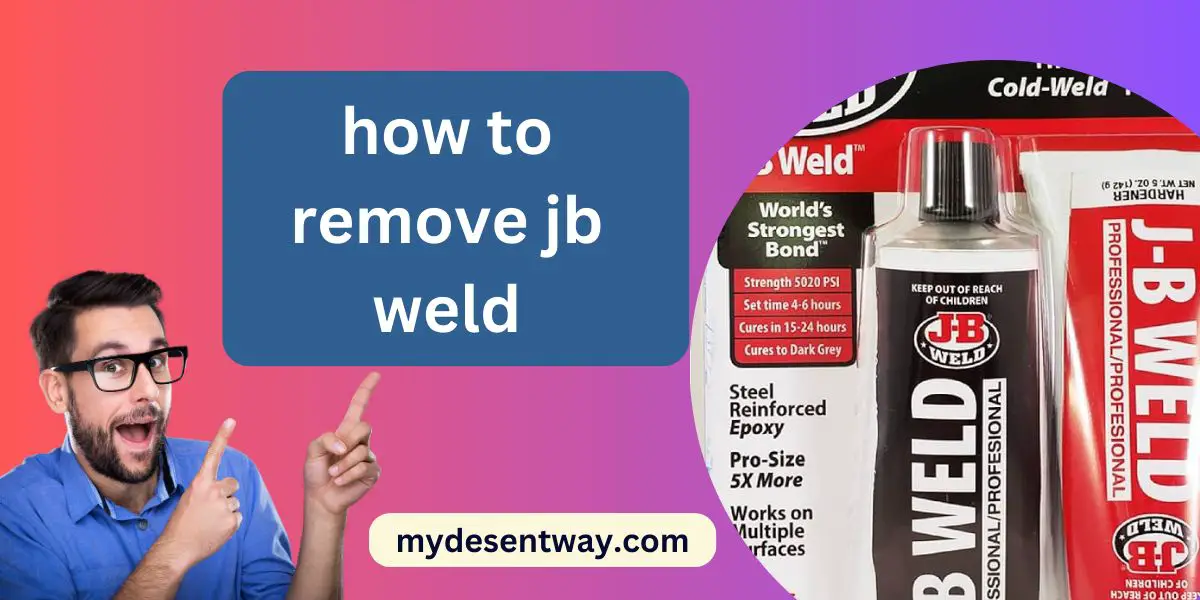
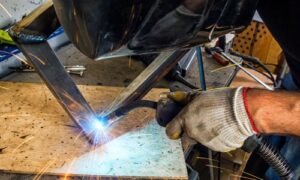
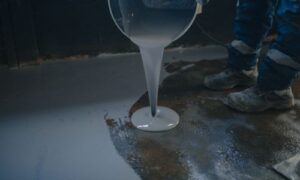
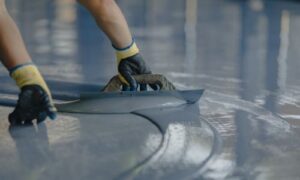

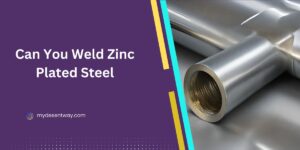

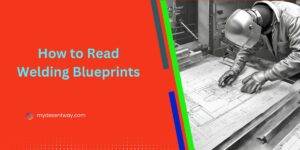
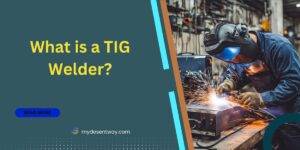



3 thoughts on “How to Remove JB Weld: A Step-by-Step Guide”